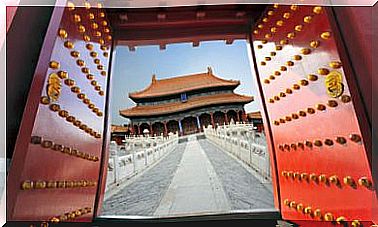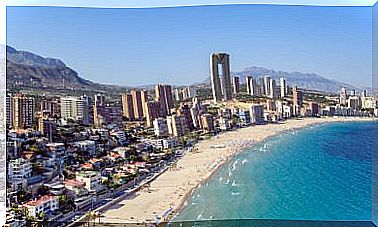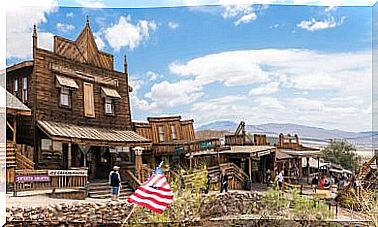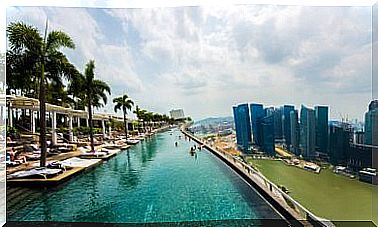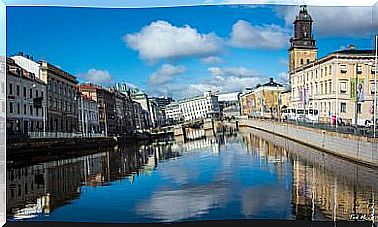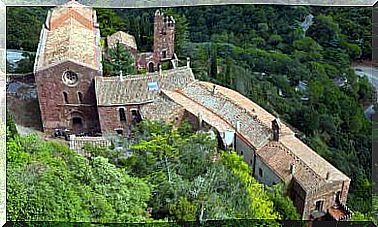Sandro Botticelli. Where Are Your Most Famous Works?
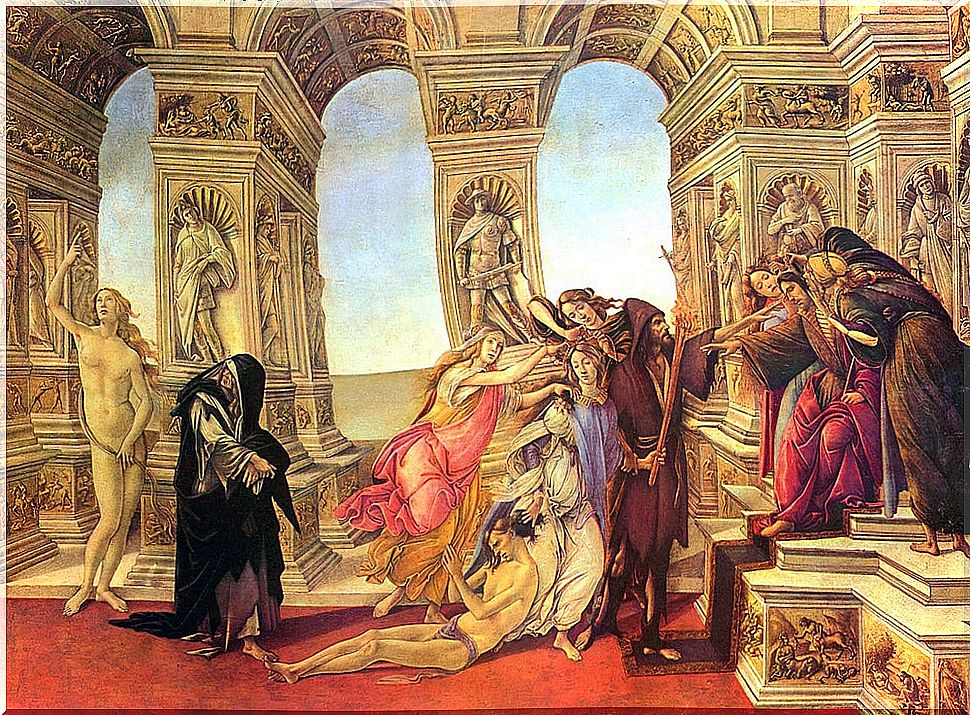
Sandro Botticelli was the great representative of the Florentine Renaissance of the Quattrocento. His mastery is evidenced in the various works that he created throughout his life and which are distributed in various spaces and institutions. Next, we talk about his best known works and where you can find them.
Two great works by Sandro Botticelli at the Uffizi Gallery
Anyone who travels to Florence cannot miss the Uffizi Gallery. Two of Sandro Botticelli’s most important works are exhibited here: The Spring and the Birth of Venus. Both are full of mysterious meanings that are worth trying to decipher, even if it is very difficult to achieve.
Spring
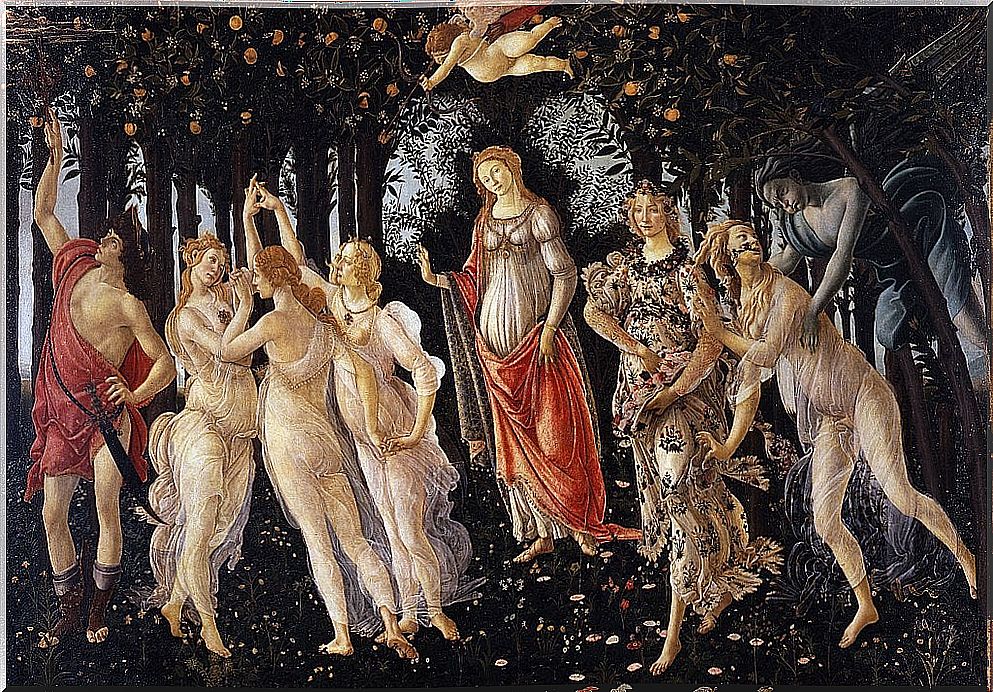
This is a very sophisticated painting, created for Lorenzo de Medici, which represents an ambiguous scene that must be viewed from right to left to better understand its message.
In the middle of a forest we see Venus. To the right is the figure of the wind that announces the arrival of spring. Next to the goddess we see Flora and above her Cupid, who seems to point to the Three Graces. Finally, on the left is a handsome young man who seems distracted. An allegory of the season of love.
The birth of Venus
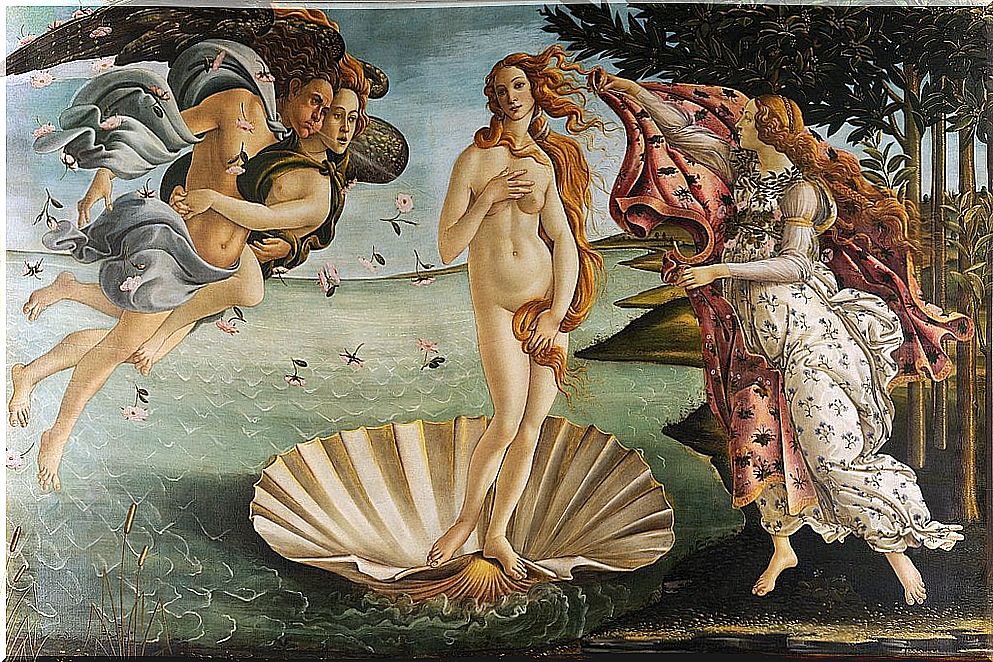
When we speak of The Birth of Venus we are referring to one of the most famous works of art in the world, as well as a symbol of Italian painting of the 15th century. In it, the goddess of love is shown naked on a huge shell, although she tries to cover her breasts with one of her arms and her private parts with her long blonde hair.
Other figures appear on both sides of the composition : to the right of Venus, the gods of the wind and the breeze, who make their hair move; and to her left, spring, the season of rebirth, waiting to wrap her in a flowered cloak. In this way, Botticelli represents one of the most picturesque classical myths.
Other works by Botticelli at the Ufizzi Gallery
Apart from the two works mentioned, the Florentine gallery exhibits other works by Botticelli. We are going to know some of the most important ones.
Pallas and the Centaur
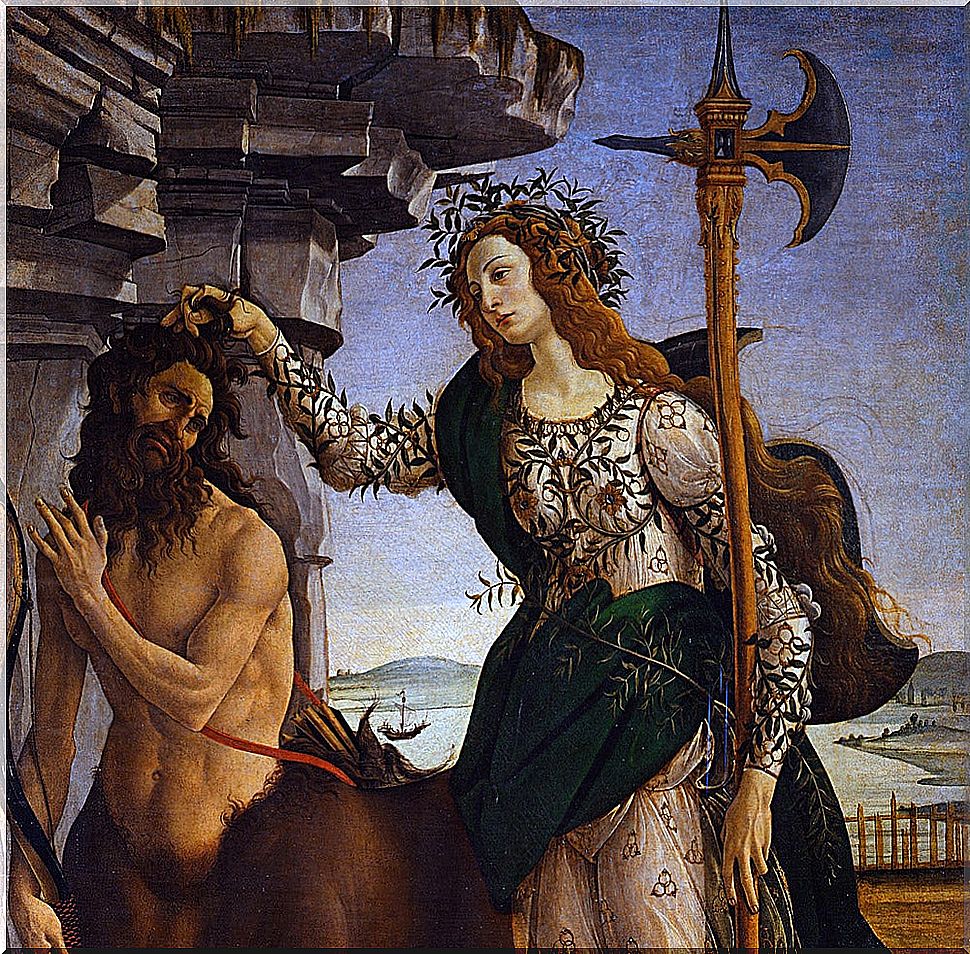
It was made by the painter in tempera on canvas between 1482 and 1483 commissioned by Lorenzo di Pierfrancesco de Medici. Both its composition and the treatment of the different shades of color is perfect and harmonious.
Palas and the Centaur shows two figures: a centaur who enters forbidden territory and a guardian nymph, identified as the goddess Pallas Athena, who holds him by the hair. It is, therefore, a mythological work of moral content in which virtue and chastity overcome lust.
Portrait of a Man with the Medal of Cosimo the Elder
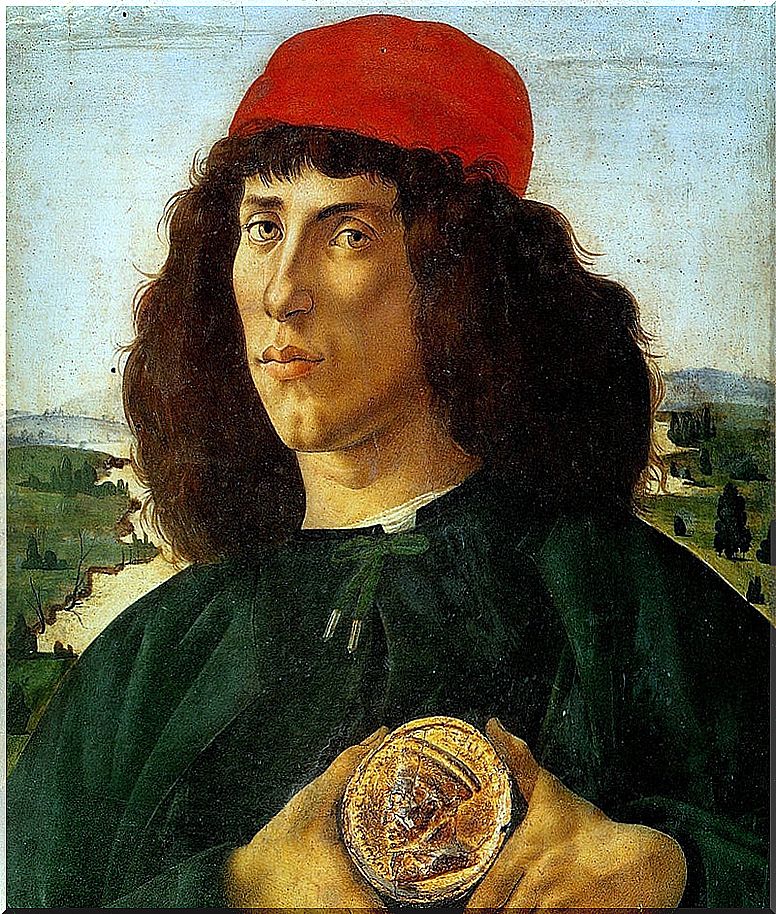
It is a tempera painting that shows a young man holding a medal with the profile of the head of Cosimo de ‘Medici, a politician and banker who founded the famous Medici dynasty. The identity of said young man is unknown, but there are those who point out that it could be Botticceli himself or his brother.
On the other hand, the work has a clear influence of the Flemish school, which is especially noticeable in the landscape in the background, illuminated by a river. This lighting falls on the subject, shaping their striking features.
Virgin of the Magnificant
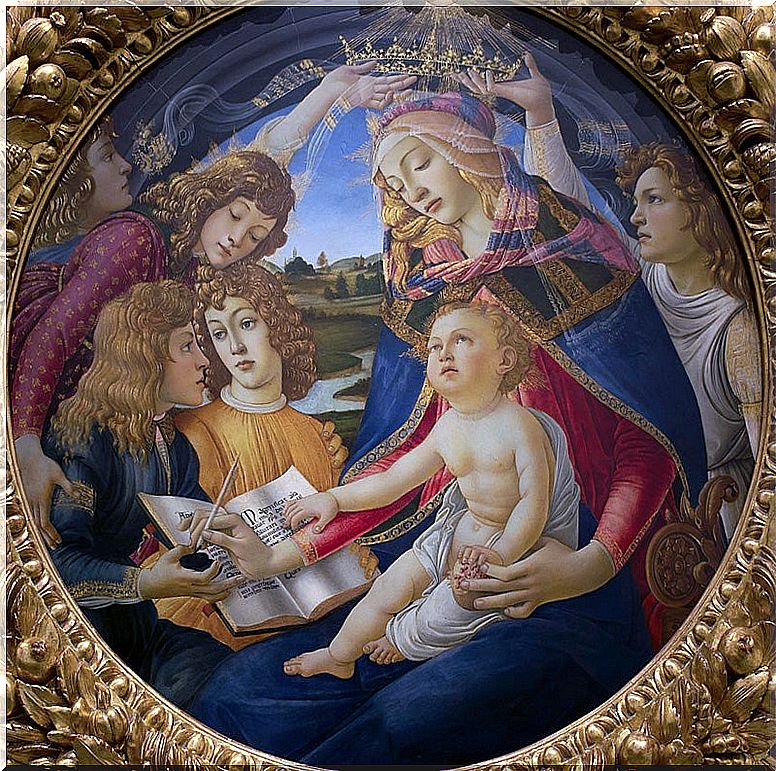
It is one of Botticelli’s most outstanding paintings. It was made in 1481 in tempera on panel and represents the Virgin Mary being crowned by two angels. On her lap is the Child, who watches her as she holds a pomegranate, symbol of the resurrection.
The Virgin of the Magnificant was probably created for some important client in Florence, such as a member of the Medici or Rucellai families. And, although the initial location of the painting is unknown, the large amount of gold leaf used suggests the wealth of said client.
Virgin of the Granada
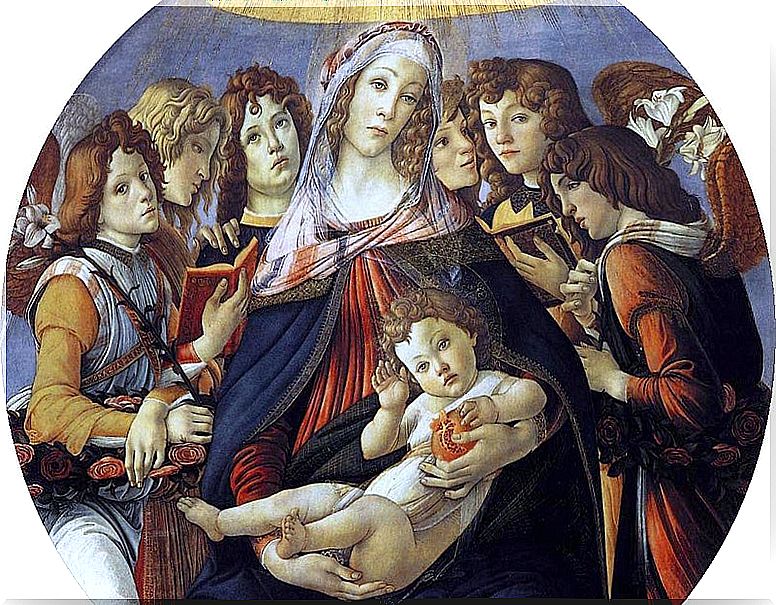
It is one of Botticelli’s most outstanding religious works. In it, the Virgin and Child are shown and both hold an open pomegranate, which symbolizes spiritual fullness, fertility and abundance. Angels also appear who venerate Mary with lilies and garlands of roses.
The Virgin of Granada can be compared to the one we have seen previously : the Virgin of the Magnificant . Not only because of the theme, but also because they were made in tempera on panel in a circular format.
Frescos by Botticelli in the Sistine Chapel
From Florence we moved to the Vatican City to see the three frescoes that Sandro Botticelli painted on it.
The temptation of Christ
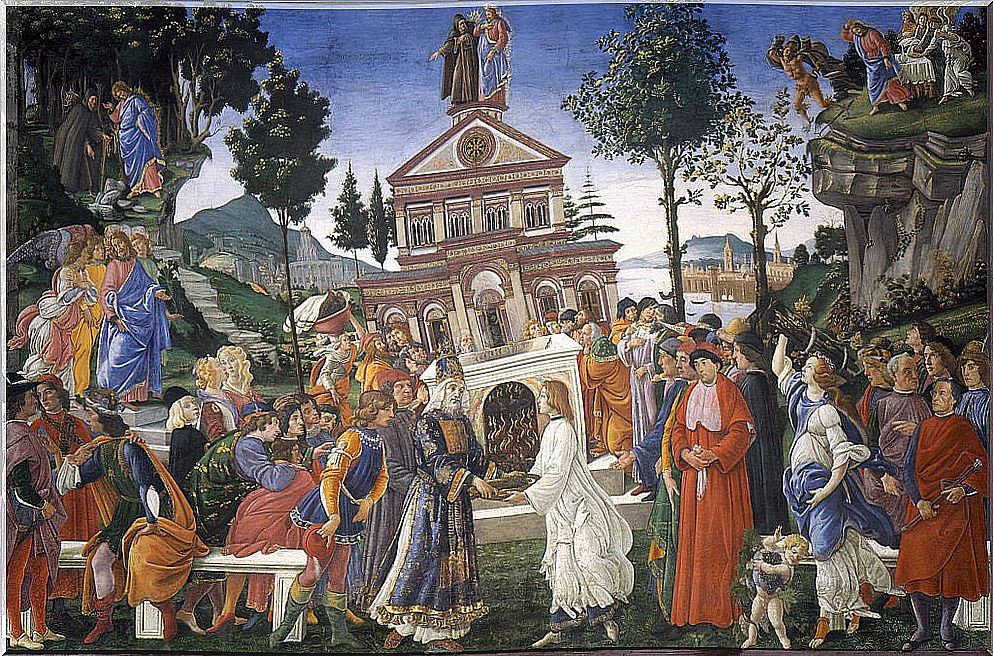
It is probably the most famous of the frescoes that Botticelli painted in the Sistine Chapel. A work whose scenes were extracted from the Gospel of Saint Matthew and in which three actions can be distinguished, such as that of Satan tempting Jesus.
Punishment of Core, Datan and Abiram
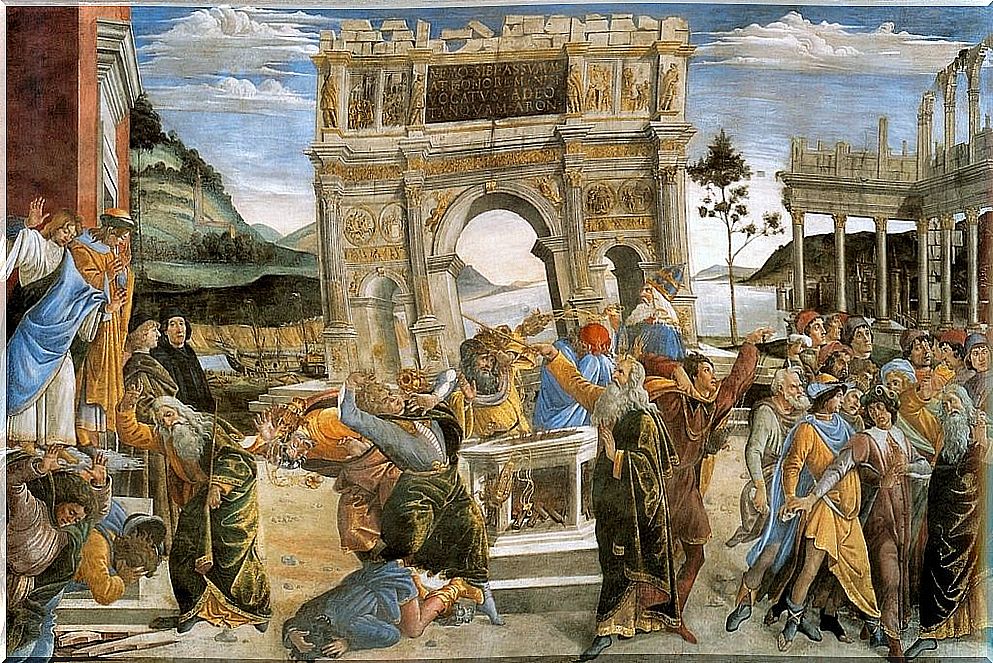
This fresco depicts the theme of the severe punishment imposed on Korah, Datan, and Abiram. These three Hebrew priests rebelled against the authority of Moses and both they and their families were engulfed by the earth and consumed by fire.
Facts from the life of Moses
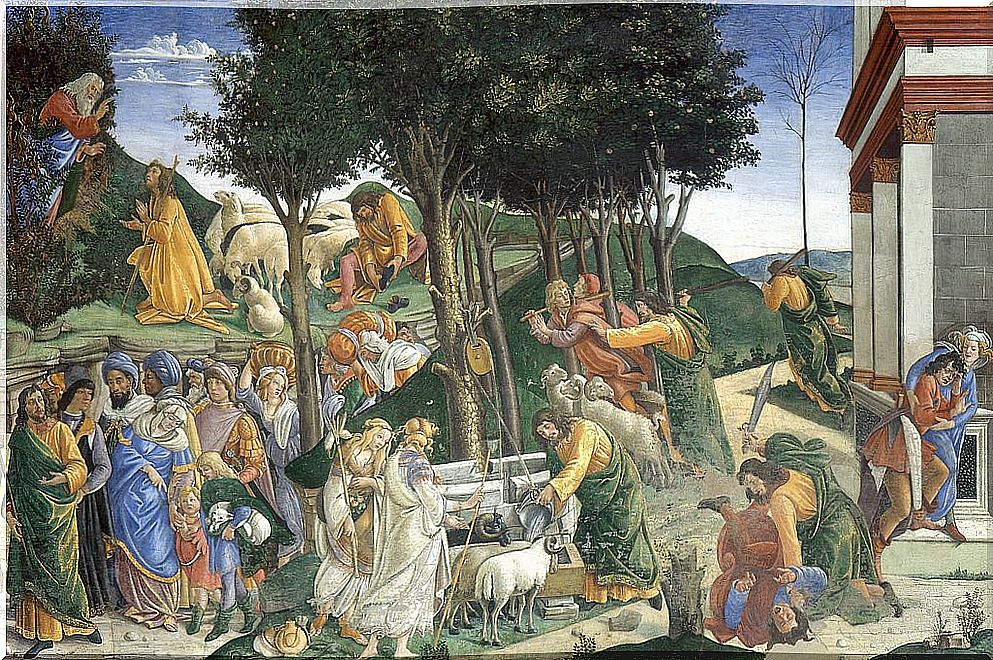
This fresco, as its name suggests, shows scenes from the prophet’s youth taken from the Book of Exodus. A painting that must also be “read” from right to left.
In addition to Botticelli, who apparently was in charge of directing and coordinating the set of fresco paintings in the Sistine Chapel, other painters from Florence or Umbria were also selected by Pope Sixtus IV to leave their mark on the famous chapel. Among them, Pietro Perugino, Luca Signorelli or Cosimo Rosselli.
Botticelli’s works outside Italy
It is not only in his native country that works by Sandro Botticelli can be admired. We are going to discover where other works of the painter are exhibited.
Mystical nativity
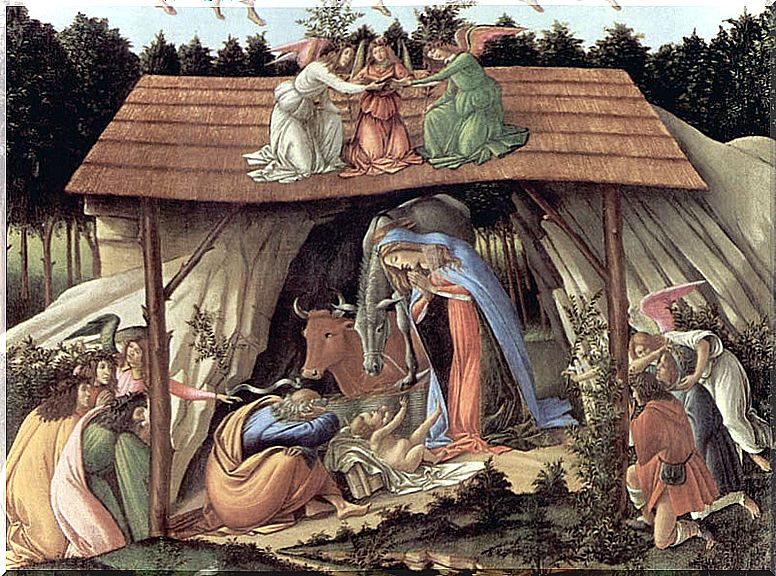
The work flees from the classic iconography of Christmas, as it refers to the political and social situation of Florence at the beginning of the 16th century, such as the expulsion of Piero de Medici from the Italian city or the rise to power of Girolamo Savonarola’s party. . It is currently kept in the National Gallery in London.
As a curiosity, Mystical Nativity is likely to have been created by the painter for his private devotion. Likewise, it is the only oil signed and dated by Botticelli; and features a top inscription in Greek with a verse from Revelation . The choice of language is surely due to its rise in the court of Cosimo the Elder.
Portrait of a young girl
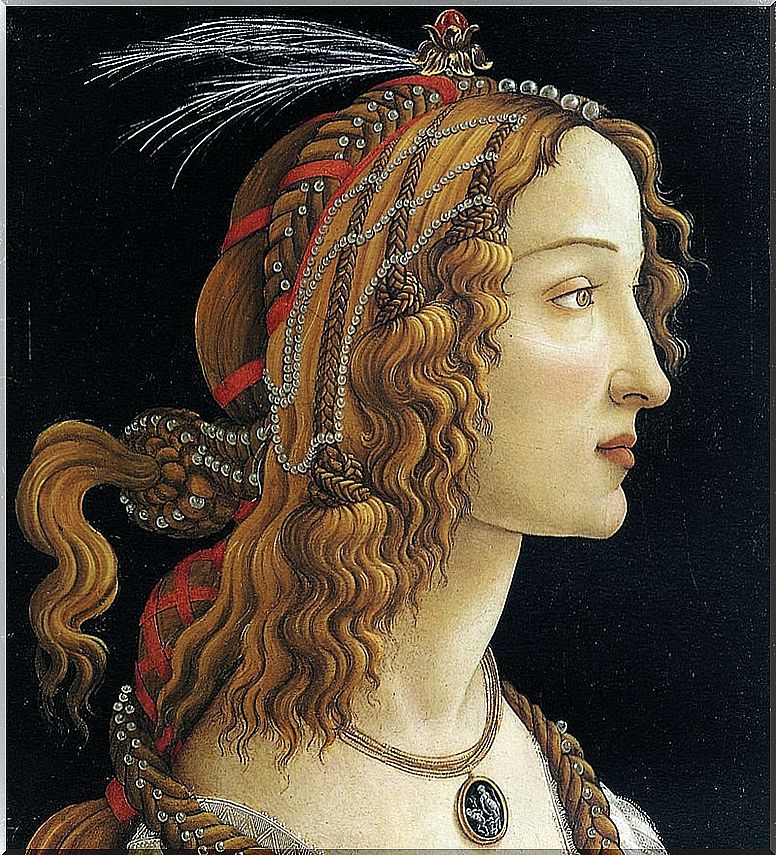
It is kept at the Städel Institute in Frankfurt am Main and, according to what has been identified, the young woman represented is Simonetta Vespucci, muse and model of Italian Renaissance artists. Botticelli portrayed her on other occasions, the most prominent being that of The Birth of Venus .
Saint Sebastian
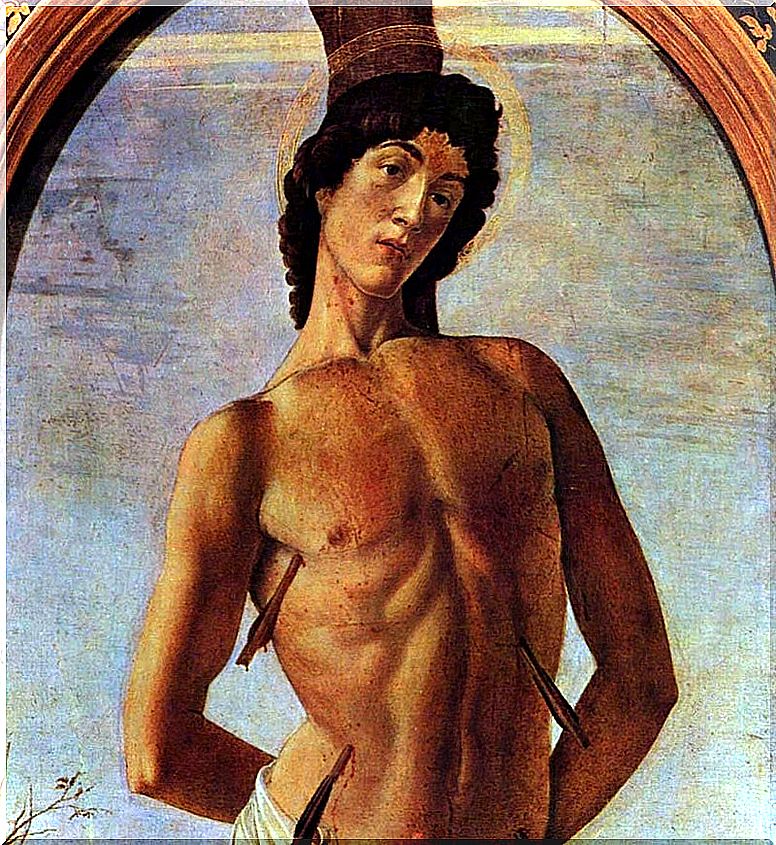
It is in the Staatliche Museen in Berlin and represents Saint Sebastian moments after he was martyred. His attitude seems detached, as if calmly enduring the six arrows that have been shot at him.
It measures one hundred ninety-five centimeters high and twenty-five centimeters wide. These measurements are explained by its original location: one of the pillars of the Church of Santa María la Mayor in Florence, where it was hung with great ceremony on January 20, 1475, coinciding with the day of the saint’s feast.
Madonnas by Sandro Botticelli and their different locations
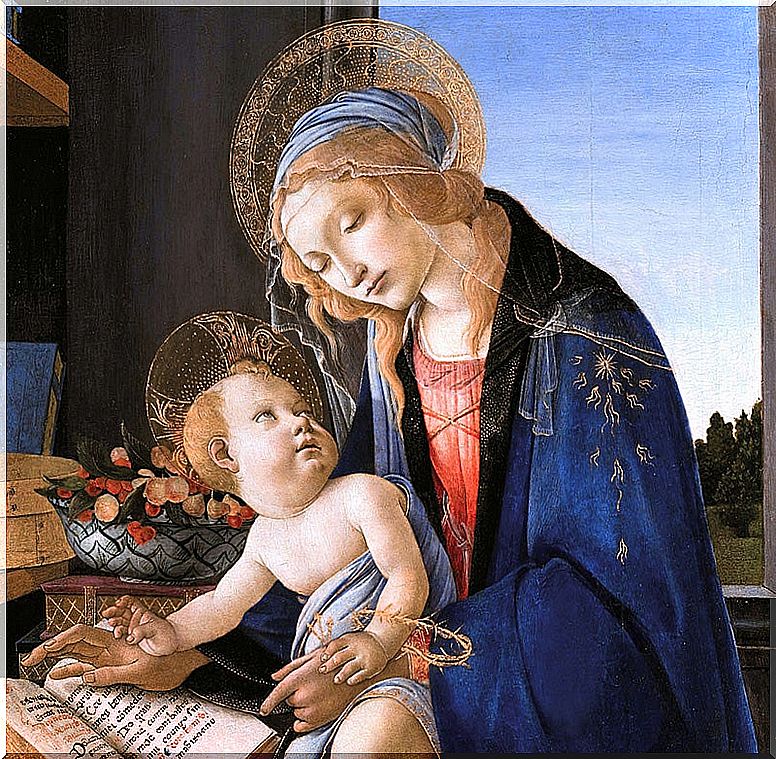
Although Sandro Botticelli obtained prestige as an artist thanks to the works that we have seen, the truth is that the most profitable he made were the Madonnas . One of them is the Virgin with the Child , known as the Virgin of the book because of the scene it represents, exhibited in the Poldi Pezzoli Museum in Milan.
Other of the Madonnas or religious works that he made were the Virgin with the Child and angel (Spedale degli Innocenti, Florence), the Virgin with the Child and two angels (Museum of Capodimonte, Naples), or the Virgin of the Eucharist (Isabella Museum Stewart Gardner, United States).
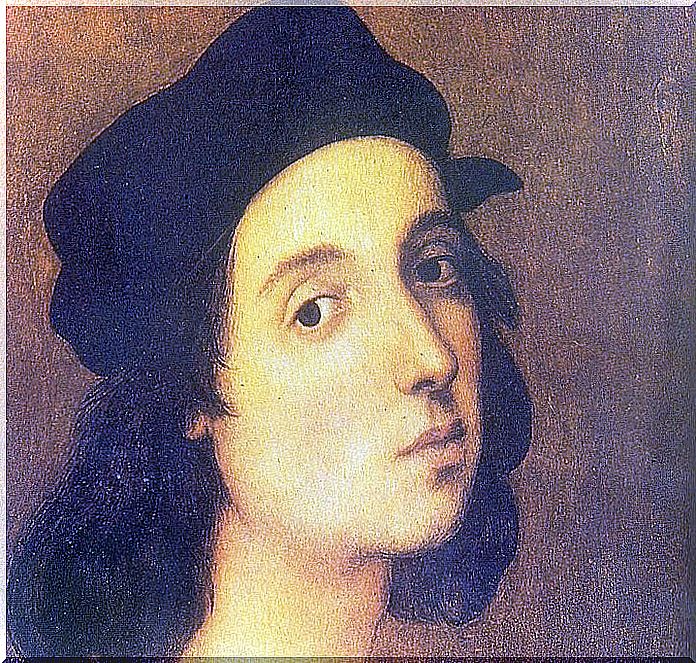
Images: Wikimedia Commons
